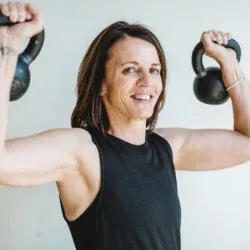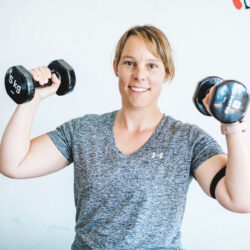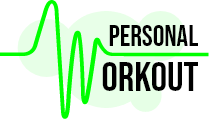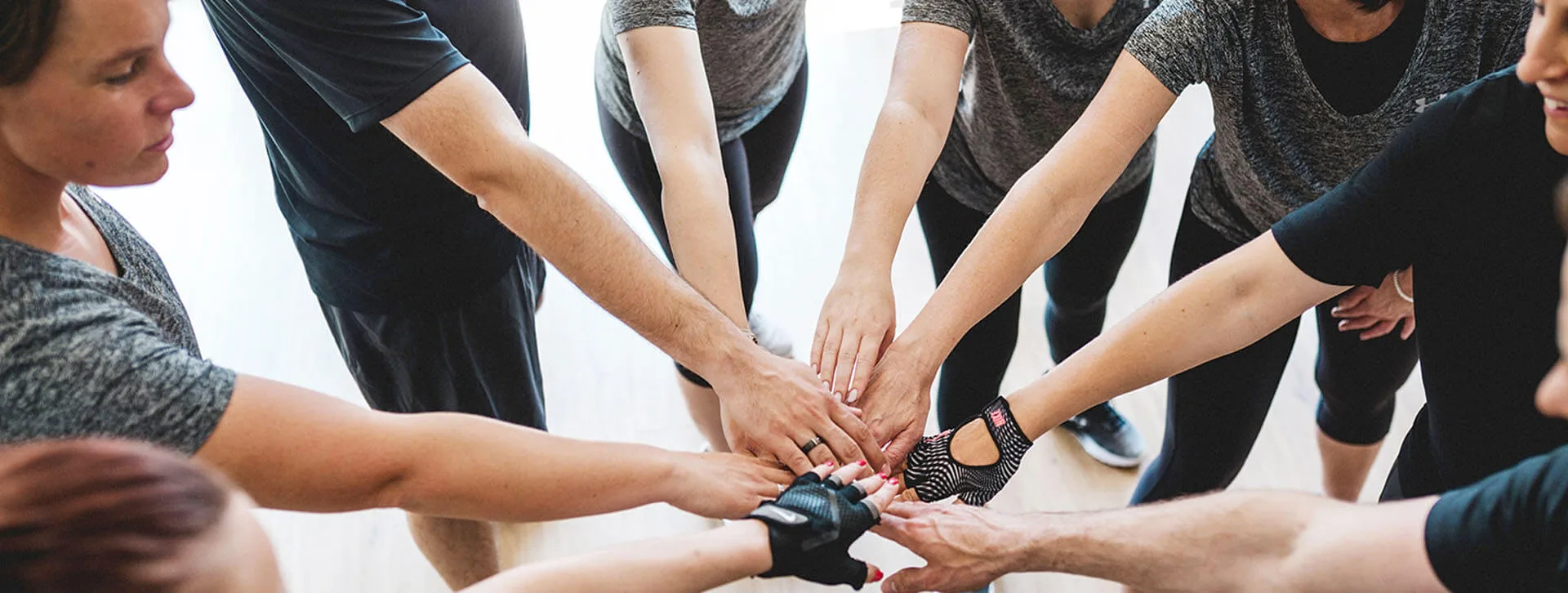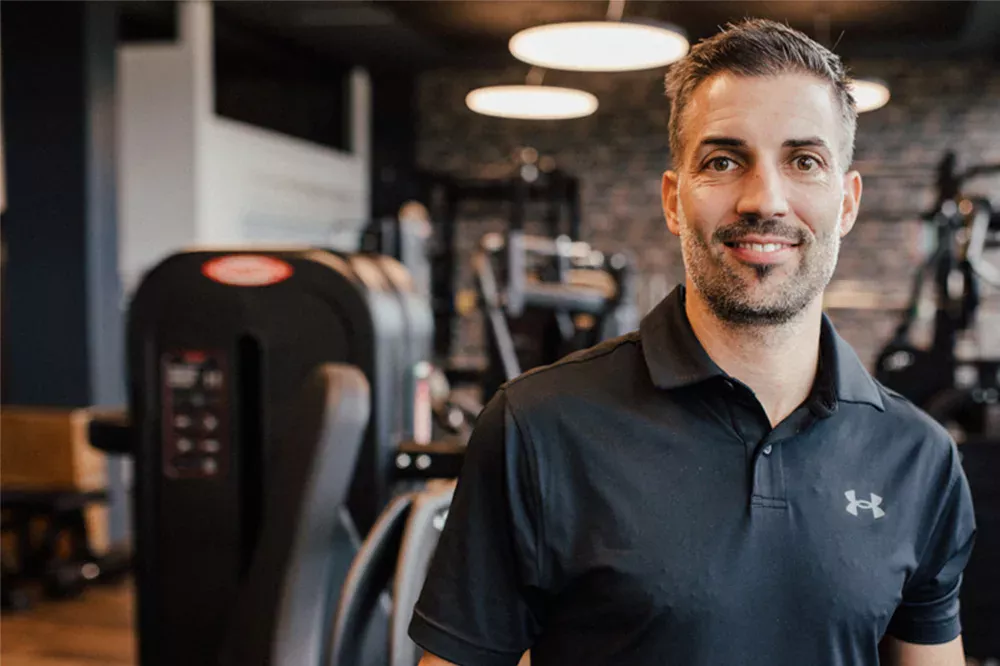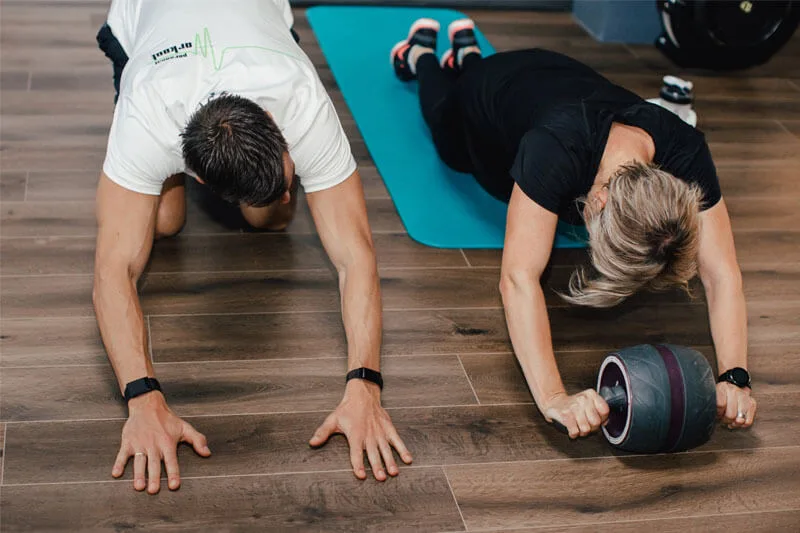How to Adjust Your Training and Nutrition to Your Cycle to Get the Most Out of It
Talking about cycle-oriented or cycle-based training has become socially acceptable in recent months. It has been recognized that the hormonal differences during the female cycle have an impact on training, nutrition and even the risk of injury in women. Especially in personal training, individual “situations” can be taken into account, provided that they are properly addressed. But even in team sports, the different phases of a player’s cycle are increasingly being taken into account, at least in individual sequences such as warm-ups or in the gym. In this blog post, we provide an overview of the hormonal differences and the possible consequences for training and nutrition, as well as tips. Have fun reading!
The female cycle in 4 phases
In the context of cycle-based training, it makes the most sense to divide the female cycle into 4 phases. In the following diagram, the cycle is divided into menstruation, the follicular phase, ovulation and the luteal phase. The “key points” of each phase are also shown. However, it is important to note that “classically” everything before ovulation is considered to be in the follicular phase and everything after ovulation is considered to be in the luteal phase, also known as the corpus luteum.
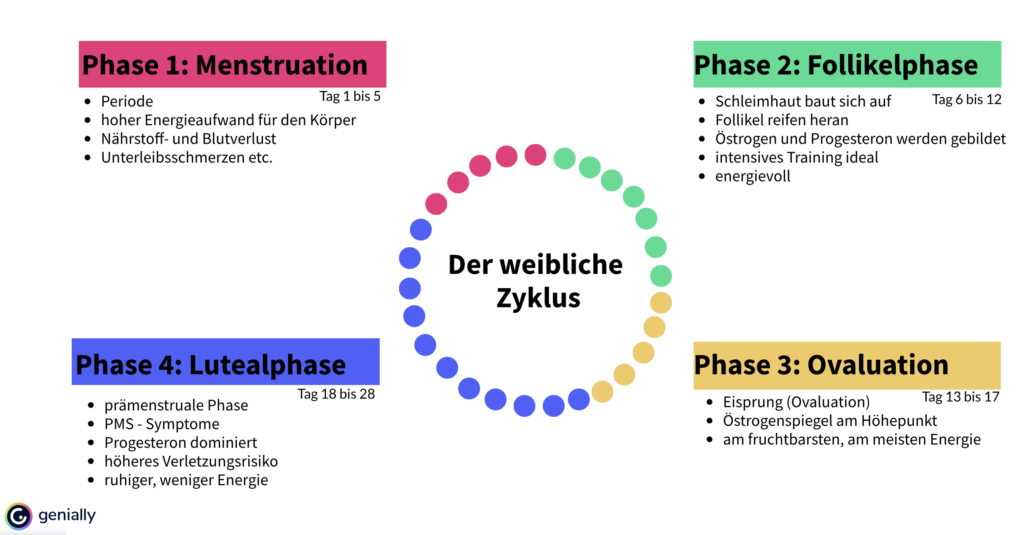
zyklus
As can be seen from the diagram, phase 1 is an inflammatory phase and is often characterized by pain. From a hormonal standpoint, women are most like men in this phase. Estrogen levels are low and women are in an anabolic (=building) state. During the follicular phase, the two hormones estrogen and LH increase and peak at ovulation.
Women are particularly powerful in phase 2 and it is the ideal competition phase. However, due to the increase in estrogen, tendons and ligaments become loose and you should warm up well and be careful with jumps and abrupt changes of direction, especially in phase 3, around the jump-in. After ovulation, in phases 3 and 4, the estrogen decreases and the progesterone increases, which means that PMS symptoms can also occur. Body temperature, pulse, and breathing rate increase. During phases 3 and 4, when the body is in a catabolic (=depleting) state and again in an inflammatory phase, sufficient protein should be eaten and sports activities should be adapted to the condition.
Cycle and training
In general, it is not advisable to make general recommendations. There are women who have little or no PMS symptoms, who tolerate pain relatively well, or who may even use it for that extra push. Some of the best times have been run in Phase 1. In addition, the endorphins released by exercise have an anti-inflammatory effect, which can help during this phase. Other women feel so bad that they can hardly think about exercising.
However, it can be said that days 6 to 17 (phases 2 and 3) are more suitable for stability training, i.e. intensive strength or interval training. However, not only is muscle building improved, but so is the ability to react. On the other hand, there is an increased susceptibility to injury due to loose connective tissue. This must be taken into account when doing drills with change of direction or plyometrics. These would be best scheduled for Phase 4.
On days 18-5 (phases 4 and 1), the focus can be more on flexibility, coordination exercises, and basic endurance. Yoga and meditation exercises can be a good substitute for heavy weight training. However, you can still work out with weights during this time. Depending on how you feel, you can increase the number of repetitions and decrease the weight. The credo is “maintenance”, i.e. maintaining what you have created. A proper warm-up is especially important during these phases of the cycle. Strengthening prevention exercises such as Nordic curls, Copenhagen planks, or one-legged Romanian deadlifts are ideal for preparing the lower body for stress. In general, more attention should be paid to neuromuscular control of the posterior chain in women, as it is naturally poorer than in men and is essential for knee health and injury prevention.
However, each phase can be addressed not only during training. Proactive work can also be done during recovery. For example, make sure you get enough sleep, especially in phases 4 and 1, or take ice baths or hot/cold showers at a ratio of 1:2 (minutes) after exercise. Hacks such as compression with stockings or so-called recovery boots, EMS recovery programs or rubbing 2-3 drops of essential oil on the stomach or around the navel (peppermint, clary sage, ginger, fennel) can also have a great effect.
Contraception and exercise
Advice on hormonal contraception and exercise is definitely useful. The IUS is often better tolerated by athletes than oral contraceptives. It is important to note that with hormonal contraception, hormone levels are more stable during the cycle, ovulation does not occur and therefore training can often take place under more constant conditions.
Cycle and nutrition
Phase 1
During Phase 1, focus on foods that are high in iron. These include lentils, spinach, and dark chocolate. Creatine supplementation (0.3g/kg per day) is recommended not only in phase 1, but especially now. Women produce up to 70-80% less endogenous creatine than men, but lose more and can benefit especially in terms of performance and mood. More on this in a separate blog post.
Phase 2
During this phase you should eat enough carbohydrates. Vitamin C supplementation is also helpful for ligaments and tendons. A diet rich in collagen and protein is also recommended. During these phases, you need to eat more than usual (even though your appetite may be reduced) to avoid an energy deficit. The so-called RED-S (Relative Energy Deficiency in Sport) accumulates during this phase, which can lead to stress fractures or irregular cycles in the long term (note: this phenomenon is generally widespread among top female athletes). Increased caloric intake can effectively counteract this).
Phase 3
Progesterone increases protein oxidation. Consumption should also be increased to over 2g/kg body weight. Especially before and after training, 20-30g of protein should be consumed. In the case of intensive exercise, carbohydrates should also be considered during training. Foods rich in antioxidants can help prepare you for Phase 4. These include nuts, seeds, kiwis and more.
Phase 4
An anti-PMS cocktail of 250 grams of magnesium (1-2 capsules, depending on the product) and 6 capsules of fish eggs (Ancestral) can relieve PMS symptoms in Phase 1. Now is the best time to take it. You should also make sure you eat an anti-inflammatory and balanced diet rich in omega-3, eggs, nuts, fruits and vegetables, get enough sleep and reduce any high coffee consumption.
A cycle-optimized diet can make a difference, even during menopause, but building muscle becomes increasingly difficult with less estrogen. It is therefore all the more important to ensure that this is maintained, as well as bone density. This requires regular exercise. You can read more about this in this blog post on menopause.
Conclusion on cycle-based training and practical tips
The descriptions and tips in this article are based on an average cycle length of 28 days. However, it is well known that the intervals are very individual. What is fairly stable is the luteal phase. It lasts about 12-16 days. This means that you can count back 5-6 days from the time of menstruation to the day of ovulation. The follicular phase can be shorter or longer than 14 days and is much more variable. Cycle tracking is therefore the best tool to know which phase you are in. The FitrWomen app deserves a special mention. If you register, you will also receive nutritional tips including recipes, all free of charge.
In general, the following can be said:
Estrogen is the “good guy”, has an anabolic (muscle-building) and performance-enhancing effect. It increases in the first half of the cycle (follicular phase) until it peaks at ovulation. Then the luteal phase begins and progesterone, the “bad guy,” takes over. It makes you tired and listless, and the body is in a catabolic state. Muscle is harder to build and protein needs increase due to increased catabolism. The body needs more rest and the training volume should be adjusted. Especially at the beginning of the luteal phase, during ovulation, the risk of injury is increased due to less stable joints (especially the knee).
We wish you all the best with your training!
SOURCES
- Vortrag Melanie Pauli, Athletiktrainerin der Schweizer Fussball Frauen-Nationalmannschaft
- https://www.ncbi.nlm.nih.gov/pmc/articles/PMC7998865/
- http://www.farfalla.ch/de/frauenleben/zyklus
- https://www.luks.ch/newsroom/wie-betreibe-ich-trotz-menstruation-leistungssport
- https://www.luks.ch/newsroom/menstruation-und-leistungs-sport-mit-dem-koerper-arbeiten
- https://www.srf.ch/play/tv/redirect/detail/22da14d5-0c68-4999-9043-b51e7d39ef68
Challenge of the Month
What Clients Say
